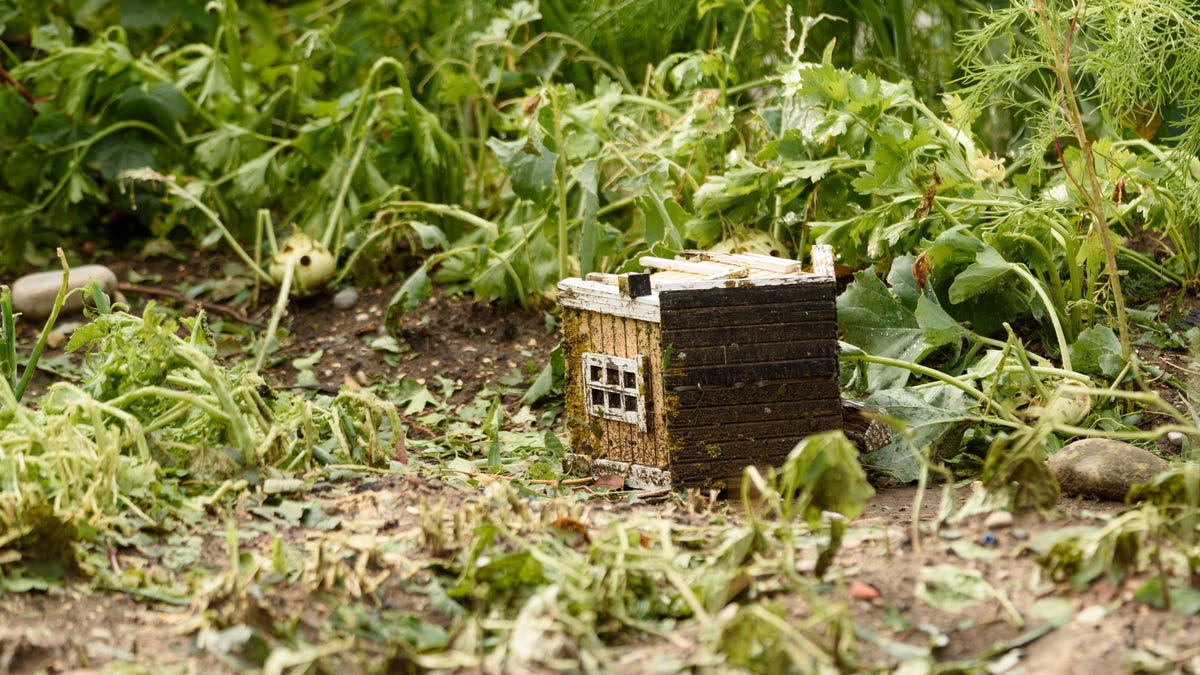Don’t Make These Gardening Mistakes After Heavy Rain

Rain can be a welcome sight after a long drought, but when it comes to your garden, getting a lot of water in at once isn’t an instant fix. In fact, any prolonged and/or heavy rain can harm some of your plants.
For this reason, it’s a good idea to check your garden after the skies clear – just don’t make these mistakes when your plants are in a potentially delicate state.
Avoid These Gardening Mistakes After Heavy Rain
Here’s what not to do in the garden after a heavy rain:
Nothing
Don’t assume that your garden and flower beds have withstood heavy soaking unscathed.
Leave standing water alone
If you notice that water has accumulated in pots, wheelbarrows, flower pots, or anywhere in your garden, drain or remove it if you can. In addition to preventing waterlogged roots, any standing water can attract mosquitoes .
Fertilize your garden, flowers or other plants
Wait a few days after heavy rains before fertilizing your garden. If you do this too soon, the fertilizer may be washed off before it actually does anything.
Trim your plants
While it is possible to remove any branches or other foliage damaged during the storm, this is not the time to prune the plants. Pruning in wet conditions can leave your plants vulnerable to pathogens .
Ignore the snails and slugs
Snails and slugs prefer moist habitats, so they may decide to move into your yard or garden after heavy rain or a period of rainy weather. The problem is that they also like to eat holes in plants, flowers and various leaves.
After all the hard work you’ve put into your garden, you probably don’t want it to turn into a dining room full of slugs and snails. If you spot them on your plants, sidewalk, or driveway, it’s best to pluck or scoop them from the surface and put them in an empty bucket.
You decide what to do with them next. To relocate them humanely, release them somewhere at least 20 meters away from your home and garden so they don’t come back.